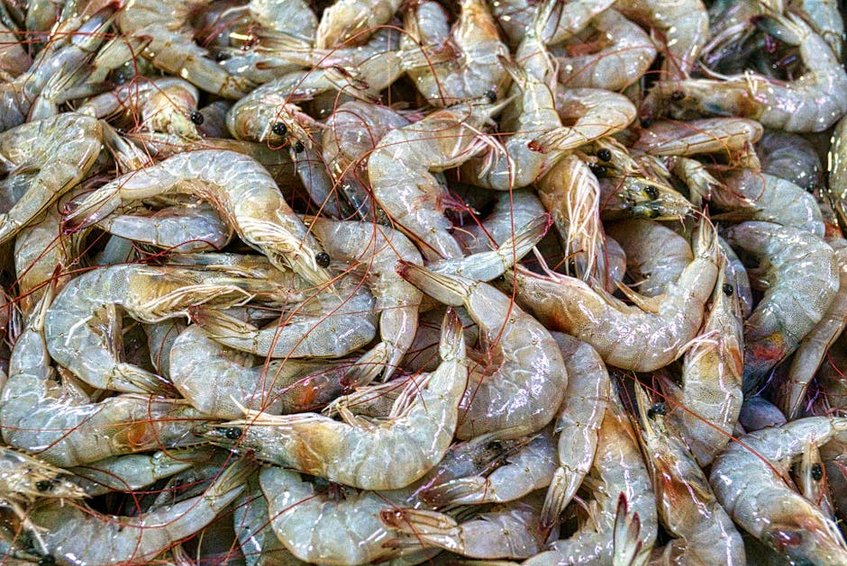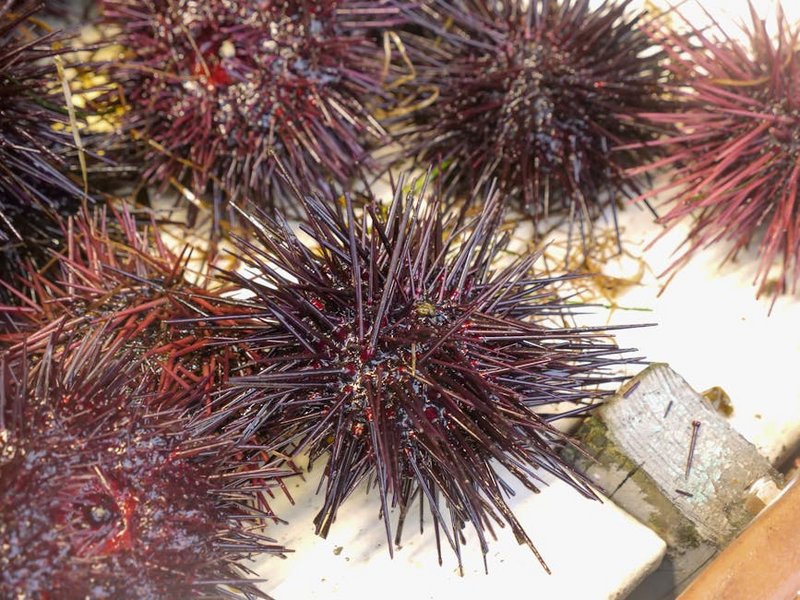Bergen Fish Market: Your Ultimate Guide to Norway’s Iconic Seafood Experience
If you’re planning a trip to Norway, the Bergen Fish Market should be at the very top of your must-visit list. This iconic waterfront market, known locally as Fisketorget, offers an authentic taste of Norwegian coastal culture that has been captivating travelers for centuries. Located in the heart of Bergen’s historic harbor area, this vibrant marketplace brings together fresh seafood, local artisans, and stunning fjord views in one unforgettable experience. As you wander through the colorful stalls, you’ll discover everything from just-caught king crabs and Atlantic salmon to traditional fish cakes and smoked delicacies. The Bergen Fish Market isn’t just a place to buy food—it’s a cultural institution where fishermen, chefs, and visitors mingle against the backdrop of Bryggen’s UNESCO World Heritage wharf houses. Whether you’re a seafood enthusiast or simply curious about Norwegian traditions, this market provides a genuine connection to the country’s maritime heritage that you won’t find anywhere else.
Bergen Fish Market Essential Information – What Every Visitor Should Know
Before you visit the Bergen Fish Market, understanding its historical significance and current operations will greatly enhance your experience. Established in the 1200s, this market has been the commercial heart of Bergen for over 800 years, serving as a crucial trading post for fish from Norway’s northern regions. Today, it operates as both a traditional fish market and a modern culinary destination, with indoor and outdoor sections that function year-round. The market’s location at Torget square places it directly between the historic Bryggen wharf and the modern city center, making it easily accessible from virtually anywhere in Bergen. During summer months, the outdoor market expands significantly with additional stalls offering cooked seafood, crafts, and local specialties, while the indoor Fish Market hall provides a cozy atmosphere during colder months with restaurants and specialty shops.
Market Layout and Sections – Navigating the Experience
- The outdoor section features temporary stalls with fresh fish on ice, cooked seafood ready to eat, and local artisans selling crafts
- The permanent indoor Fish Market hall (opened in 2012) houses restaurants, specialty food shops, and fishmongers with prepared dishes
- Western side focuses on fresh fish and shellfish directly from fishermen, while eastern side has more cooked food options
- Several sit-down restaurants with waterfront views offer table service for full seafood meals
- Budget option (under $25): Sample individual items like fish soup ($12-15), shrimp sandwich ($10-12), or fish cakes ($8-10) from outdoor stalls
- Mid-range experience ($40-70): Shared seafood platter ($50-65) for two with multiple varieties, plus drinks and dessert
- Luxury dining ($100+): Multi-course seafood meal at indoor restaurant with wine pairing and waterfront views
- Official Bergen Tourism Information on Fish Market
- Visit Norway’s Bergen Travel Guide
Historical Significance and Cultural Importance
What makes the Bergen Fish Market truly special is its deep historical roots in Norwegian trade and culture. For centuries, this was where stockfish (dried cod) from Northern Norway was traded for grain from Europe, forming the backbone of Bergen’s economy during the Hanseatic League era. The market’s location has remained essentially unchanged since medieval times, and many of the fishing families represented here have been supplying the market for generations. This continuity creates a tangible connection to Norway’s maritime history that you can literally taste through the traditional preparation methods still used today. The market also represents Norway’s commitment to sustainable fishing practices, with most vendors proudly displaying information about their catch methods and origins.

Bergen Fish Market Planning Your Visit – Best Times and Budget Tips
Planning your visit to the Bergen Fish Market requires consideration of seasonal variations, weather conditions, and your personal seafood preferences. While the market operates throughout the year, the experience differs dramatically between summer and winter months. From May through September, the outdoor market is in full swing with numerous stalls, longer hours, and a festival-like atmosphere perfect for sampling various offerings. Winter visits offer a more intimate experience with fewer crowds and the cozy indoor market hall providing shelter from Bergen’s famous rain. Regardless of when you visit, coming prepared with Norwegian currency (though most vendors accept cards) and an appetite for adventure will ensure you make the most of this unique culinary destination. Budget-conscious travelers should note that while Norway is generally expensive, strategic ordering and sharing plates can make the market accessible for various budgets.
Best Time to Visit Bergen Fish Market
The ideal time to visit the Bergen Fish Market depends on your priorities for weather, crowds, and seafood variety. Summer months (June-August) offer the most vibrant atmosphere with extended hours (8 AM-11 PM), pleasant weather (average 15-18°C/59-64°F), and the widest selection of seafood and additional vendors. However, this is also peak tourist season with larger crowds and higher prices. Shoulder seasons (May and September) provide a good balance with decent weather, fewer visitors, and most stalls still operating. Winter visits (October-April) have a more local feel with primarily indoor options, though you’ll experience authentic Norwegian winter atmosphere and potentially lower prices. For photography enthusiasts, early morning (before 10 AM) offers the best light and fewer crowds regardless of season.
Budget Planning and Costs at Bergen Fish Market
Essential Preparation Checklist
Preparing properly for your Bergen Fish Market visit will significantly enhance your experience. First, check the weather forecast and dress in layers—Bergen’s weather can change rapidly, and the market is primarily outdoors. Waterproof shoes and a jacket are recommended even in summer. Bring Norwegian kroner (NOK) in smaller denominations, though most vendors accept major credit cards. If you have dietary restrictions or allergies, research phrases in Norwegian or use a translation app, as not all vendors speak fluent English. Consider bringing wet wipes or hand sanitizer for cleaning hands after eating shellfish. For photography enthusiasts, arrive early for the best light and fewer crowds. Finally, come with an adventurous palate and willingness to try new seafood experiences.
Bergen Fish Market Top Attractions and Activities – Beyond Just Shopping
The Bergen Fish Market offers far more than just purchasing seafood—it’s an immersive cultural experience with numerous activities that engage all your senses. Beyond the obvious attraction of fresh fish displays, you can watch skilled fishmongers preparing catches, attend cooking demonstrations, or even join seafood tasting sessions. Many vendors offer samples of traditional Norwegian specialties like smoked salmon, fish pudding, or rakfisk (fermented fish) for those curious about local flavors. The market also serves as an ideal starting point for exploring Bergen’s waterfront, with boat tours to the fjords departing nearby and the historic Bryggen wharf just steps away. Cultural performances sometimes occur in the square, adding to the vibrant atmosphere, while the surrounding area features numerous cafes perfect for people-watching as you digest your seafood feast.
Must-See Highlights and Signature Experiences
Certain experiences at the Bergen Fish Market deserve special attention for first-time visitors. Watching the fish auction in the early morning (around 7-8 AM) provides fascinating insight into traditional trading methods still practiced today. The king crab display represents a particular photo opportunity, with these enormous arthropods often measuring over 5 feet across. Sampling Norwegian shrimp (reker) peeled directly from the shell is a quintessential market experience—they’re typically sweeter and more tender than varieties you may have tried elsewhere. For adventurous eaters, trying whale meat (legally sourced from sustainable hunts) offers a controversial but traditional Norwegian experience. The indoor market’s oyster bar provides a more refined tasting experience, while the outdoor stalls’ fish grills fill the air with irresistible aromas that define the market atmosphere.
Hidden Gems and Local Favorites
Beyond the main tourist attractions, the Bergen Fish Market holds several lesser-known experiences that locals cherish. The early morning fish delivery (around 6-7 AM) offers a behind-the-scenes look at market operations before crowds arrive. Several vendors sell traditional fishing equipment and knives handmade by local artisans—unique souvenirs that reflect maritime heritage. The market’s least crowded section near the northern end often has smaller vendors offering more unusual catches like sea urchins, periwinkles, or specific fish varieties not found elsewhere. For those interested in cooking, some fishmongers provide preparation demonstrations and recipes for traditional Norwegian dishes. The upstairs section of the indoor market hall offers quieter seating with excellent views of the harbor activity, perfect for enjoying your meal away from the main crowds.
Bergen Fish Market Practical Travel Information – Getting There and Staying Nearby
Navigating practical details for your Bergen Fish Market visit ensures a smooth and enjoyable experience. The market’s central location at Torget makes it easily accessible by various transportation methods. If you’re staying in Bergen city center, the market is within comfortable walking distance from most hotels and attractions. The Bergen Railway Station (Bergen stasjon) is approximately a 15-minute walk away, while the bus terminal is even closer at just 5 minutes walking. For those driving, several parking facilities are located within 5-10 minutes walking distance, though parking in central Bergen can be expensive (approximately $4-6 per hour). Cruise ship passengers will find the market conveniently located just a 10-minute walk from the cruise terminal, making it an ideal first stop when exploring Bergen.
| Transportation Method | Details and Options | Approximate Cost (USD) |
|---|---|---|
| Walking from City Center | Most hotels within 5-15 minute walk through scenic streets | Free |
| Public Bus | Multiple routes stop at Busstasjonet station, 3-minute walk to market | $3.50 per ride |
| Taxi | Available throughout city, drop-off directly at market entrance | $15-20 from airport |
| Bergen City Bike | Bike rental stations throughout city, nearest station at Festplassen | $10 for 24 hours |
| Boat Tours | Many fjord tours depart from harbor adjacent to market | $50-120 depending on tour |


